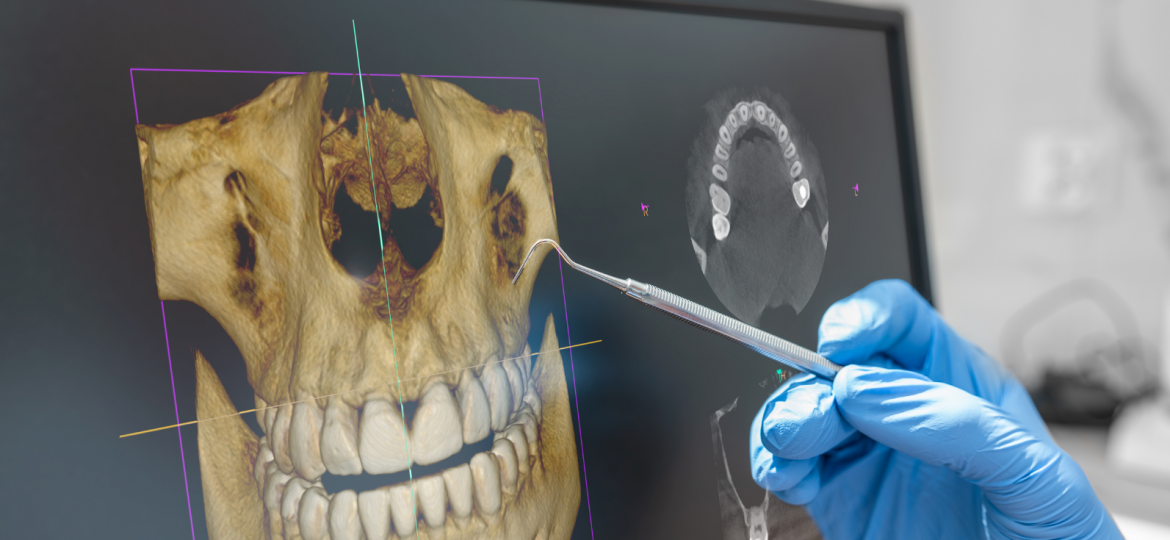
3D imaging, a cutting-edge technology, opens up exciting prospects in many sectors, from medicine and industry to oceanography and entertainment. It creates precise, detailed three-dimensional representations of objects and environments, enabling discoveries and innovations in environments as diverse as operating theatres and the depths of the oceans.
diving into innovative technology
3D imaging is a cutting-edge technology that creates precise, immersive three-dimensional representations of objects and environments. It relies on a variety of techniques, such as stereoscopy, CT scanning and photogrammetry, to capture and process complex visual data. Stereoscopy uses two slightly offset images to simulate depth perception, while CT scanning uses X-rays to obtain cross-sections of an object. Photogrammetry, meanwhile, reconstructs 3D models from photographs taken from different angles. By integrating these data, 3D imaging provides a detailed, realistic visualization that has applications in many sectors.
3d imaging: towards more precise medicine
3D imaging is an innovation that is transforming the medical field, dramatically improving diagnosis, surgical planning, prosthesis and implant design, and medical training.
Medical diagnosis
3D imaging enables medical professionals to visualize the internal structures of the human body with unrivalled precision. Techniques such as computed tomography (CT) and magnetic resonance imaging (MRI) generate detailed three-dimensional images, facilitating the detection and analysis of complex diseases. For example, tumors, vascular anomalies and fractures can be examined from different angles, providing a complete understanding of the patient’s medical condition and enabling a more accurate and rapid diagnosis.
Surgical planning
Surgical planning benefits greatly from 3D imaging. Surgeons can use 3D models to explore a patient’s anatomy in detail prior to surgery, identifying critical areas and planning each stage of the operation with precision. This meticulous preparation reduces operative risks, minimizes the incisions required and improves surgical results. Advanced software can even simulate the operation, giving surgeons a complete pre-operative view and enabling them to prepare for possible complications.
Design and manufacture of customized prostheses and implants
3D imaging is also essential in the design and manufacture of customized prostheses and implants. Using precise 3D scans of the body parts concerned, prosthetists can create devices perfectly adapted to each patient’s specific morphology. This not only improves the comfort and functionality of prostheses, but also reduces recovery time and increases patient satisfaction. For example, dental implants and joint prostheses can be designed with millimetric precision, ensuring optimal fit.
Medical training
In medical training, 3D imaging plays a crucial role in providing realistic, interactive simulations. Medical students and healthcare professionals can use 3D models to explore human anatomy, perform surgical procedures and understand pathologies without risking harm to patients. Virtual reality simulations based on 3D images can recreate complex clinical scenarios, offering an immersive hands-on experience that enhances practitioners’ technical skills and confidence.
Thanks to these varied applications, 3D imaging dramatically improves the accuracy, efficiency and personalization of medical care, paving the way for safer, more effective treatments for patients.
3d imaging: a new vision of underwater environments
3D imaging is a cutting-edge technology that is transforming the way we explore and manage underwater environments. It has crucial applications in seabed mapping, underwater infrastructure inspection and maintenance, and the preservation of submerged archaeological sites.
Seabed mapping
Mapping the seabed has long been a challenge due to the vastness and inaccessibility of the oceans. 3D imaging, using technologies such as side scan sonar, multi-facade sonar and underwater photogrammetry, creates accurate three-dimensional models of underwater landforms. These technologies capture detailed data on ocean topography, including submarine mountains, canyons and abyssal shelves. The 3D maps thus generated are essential for safe navigation, submarine cable route planning, and scientific research into marine ecosystems.
Inspection and maintenance of subsea infrastructures
Submarine infrastructures, such as pipelines, communication cables and oil platforms, require regular monitoring and maintenance to ensure their smooth operation and prevent environmental accidents. 3D imaging, obtained using underwater robots equipped with high-resolution cameras and lidar sensors, enables detailed inspection of these structures. These robots can detect signs of corrosion, cracks or marine deposits that could compromise the integrity of the infrastructure. The 3D models generated facilitate the planning of maintenance interventions and repairs, reducing costs and minimizing the risk of catastrophic leaks or ruptures.
Underwater archaeology
Underwater archaeology benefits greatly from 3D imaging, which enables the documentation, analysis and preservation of submerged historical sites without disturbing their environment. Shipwrecks, ancient port structures and historical artifacts can be scanned in detail to create accurate 3D models. These models enable archaeologists to study sites in their entirety, make precise measurements and share their findings with the scientific community and the public. What’s more, 3D scanning contributes to the conservation of these cultural treasures by providing a digital archive that can be used for the restoration or virtual reconstruction of damaged sites.
obstacles and a promising future
3D imaging has already demonstrated its transformative potential in many fields, but it is not without its challenges. The high cost of equipment and software, the complexity of data capture and processing techniques, and the need for specialized training for users represent significant obstacles to wider adoption. In addition, managing and storing the vast quantities of data generated poses logistical and technical problems. However, the outlook for 3D imaging remains promising. Advances in artificial intelligence and machine learning promise to automate and improve image analysis, making the technology both more accessible and more powerful.
